
The case studies in this chapter provide examples of how countries set priorities for national adolescent health and well-being plans and strategies, undertaking needs assessment, landscape analysis and participatory priority setting.
Setting priorities for adolescent health in Barbados
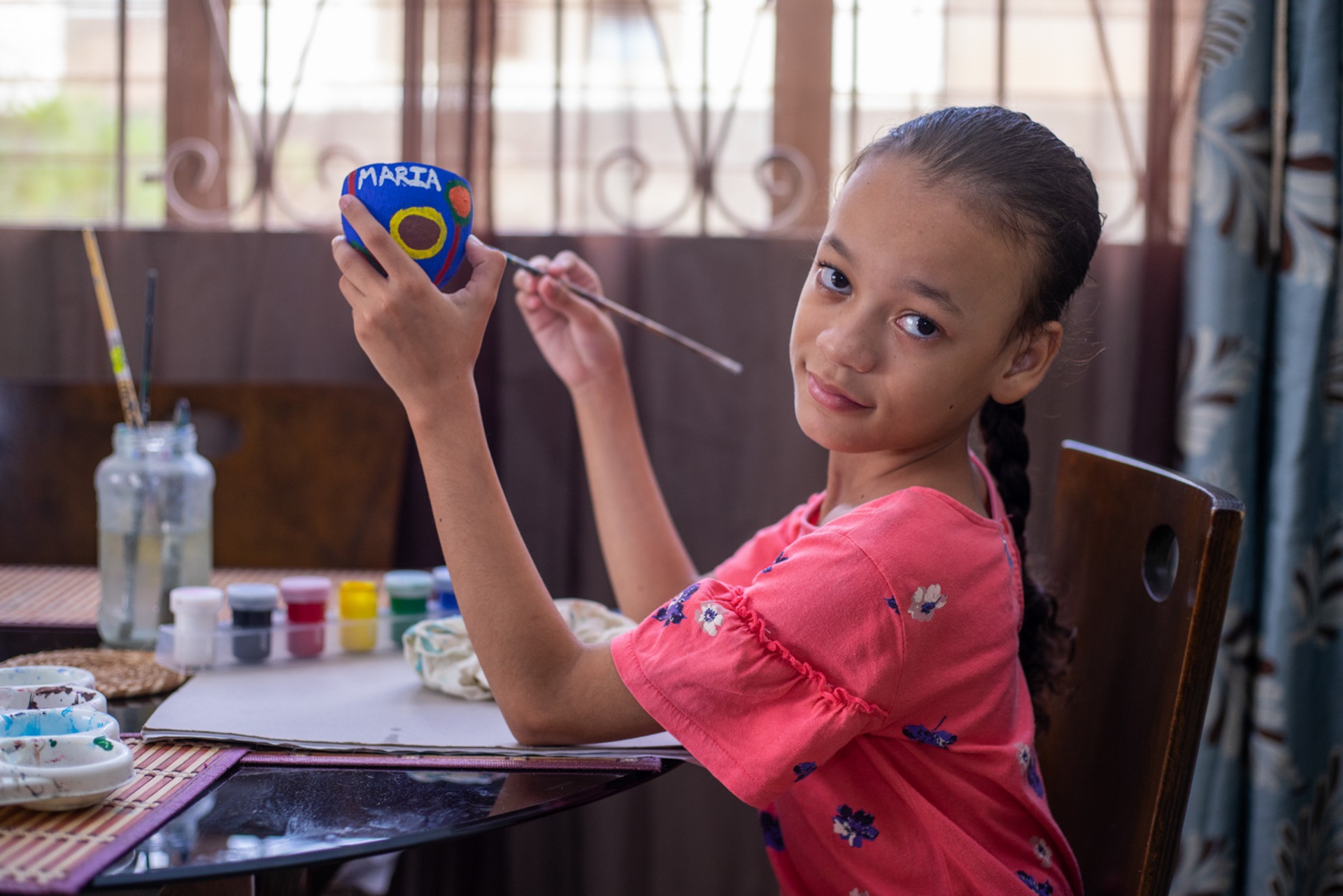
When WHO launched the AA-HA! guidance in 2017, Barbados took immediate steps to become an “early adopter”. It was the first country in the Caribbean to apply this approach to develop a comprehensive national adolescent health strategy that would meet the needs of its youth.
Barbados applied the AA-HA! guidance to its own specific context. Chief Medical Officer Dr. Kenneth George remarked, “We recognized that the solutions to adolescence health cannot only be championed by health care alone and will involve several agencies, including youth and sport, education, welfare, law enforcement and, of course, the invaluable contributions from the nongovernmental organizations and civil society”.
The Barbados Ministry of Health, supported by the Pan American Health Organization (PAHO), engaged the Ministries of General Education, Sport & Youth, Justice, Interior and UN agencies WHO and UNFPA, along with civil society organizations, in a multisectoral effort to determine exactly who needs to do what to improve the health and well-being of the island’s adolescents.
With the guidance of the AA-HA! approach, six priority areas were selected for the adolescent health strategy; positive development; violence, accidents and injury; sexual and reproductive health, including HIV; communicable diseases; noncommunicable disease; and mental health, substance use and self-harm.
“We needed something that would respond to the changing demographics in Barbados, the economic down-turns, globalization, environmental changes and the constant introduction of new communication technologies,” said Dr. George.
The resulting 10-year strategy targets the most at-risk adolescents by proposing the following actions:
- the provision of strategic information and innovation
- creating enabling environments and developing evidence-based policies
- building integrated and comprehensive health systems and services
- enhancing human resource capacity
- identifying family, community and school-based interventions
- forming strategic alliances and collaboration with other sectors
- expanding social communication and media involvement.
Landscape analysis in Paraguay
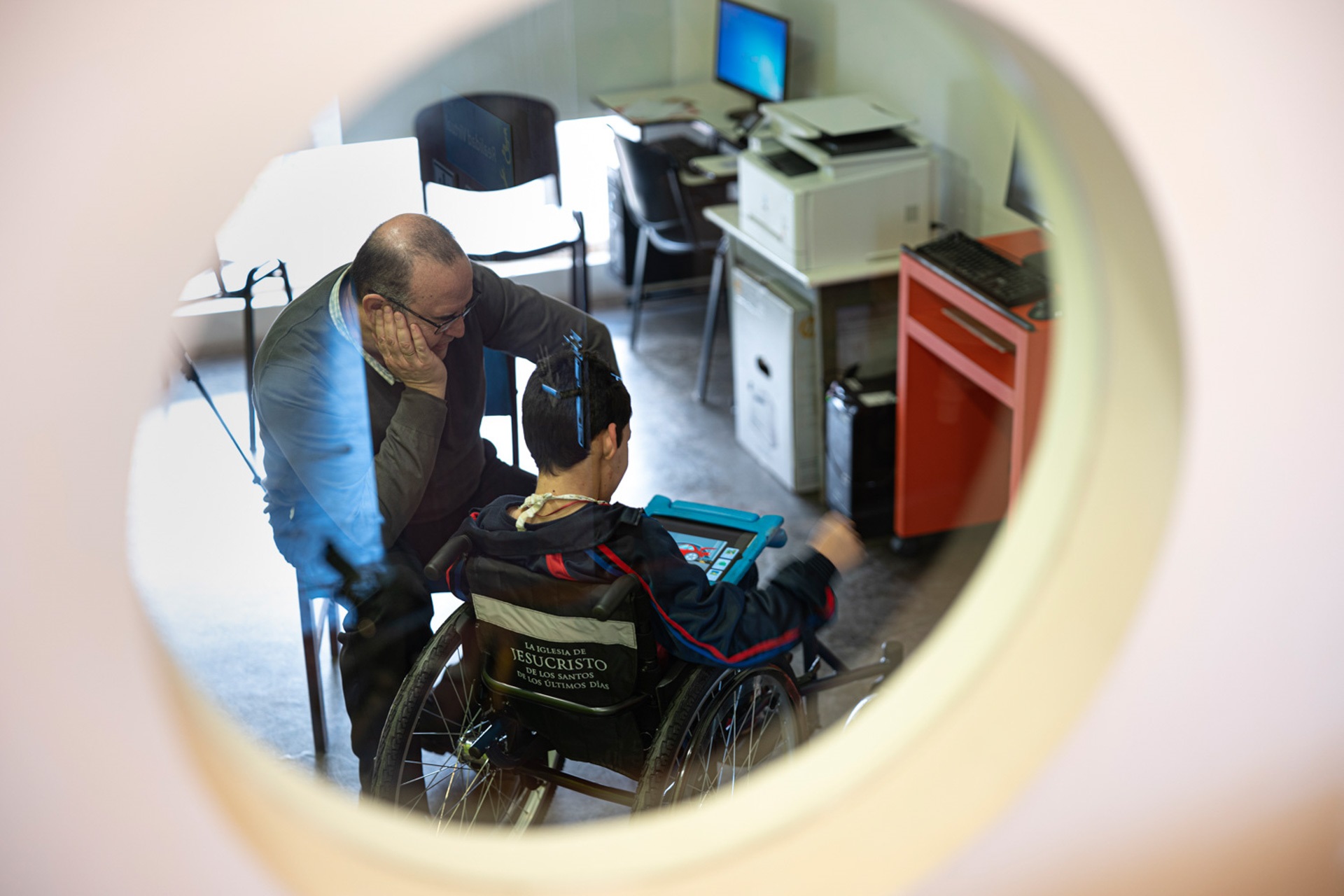
Paraguay has made significant progress in advocating health and education services for adolescents across the country. Despite the strong foundations for implementing school health policies, however, there are still significant structural gaps that hinder the implementation of health programmes for adolescents and youth.
In support of the initiative for Making Every School a Health Promoting School, WHO and UNESCO have developed Global standards for health promoting schools. The initiative is meant “to provide a resource for education systems to foster health and well-being through stronger governance” using eight global standards. The standards address government policies and resources, school policies and resources, school governance and leadership, school and community partnerships, school curriculum, school social–emotional environment, school physical environment and SHS.
In Paraguay, for implementation of the global standards for health-promoting schools, WHO and UNESCO, in partnership with the Ministry of Education, conducted a landscape analysis at the national and local levels involving stakeholders, including public institutions, international agencies, civil society organizations and representatives of the communities where schools are located. The landscape analysis sought to identify strengths and weaknesses of health promotion strategies in schools. Qualitative and quantitative data were collected on each of the eight global standards for health-promoting schools.
Key recommendations from the landscape analysis included the need for clarity of guidelines, strong leadership commitment, increasing and managing resources for comprehensive school health programmes, establishing effective multisectoral and intersectoral means of collaboration and strengthening health promotion in educational settings through the provision of adequate, competent human resources and sustainable interventions. By conducting a landscape analysis, Paraguay positioned itself to set school health priorities specific to both national and local contexts while considering existing systems that could be leveraged and systems that should be introduced, developed or supported for all schools to become health-promoting schools.
Source: WHO Country Office Paraguay.
Rapid assessment of adolescent health and well-being in Thailand
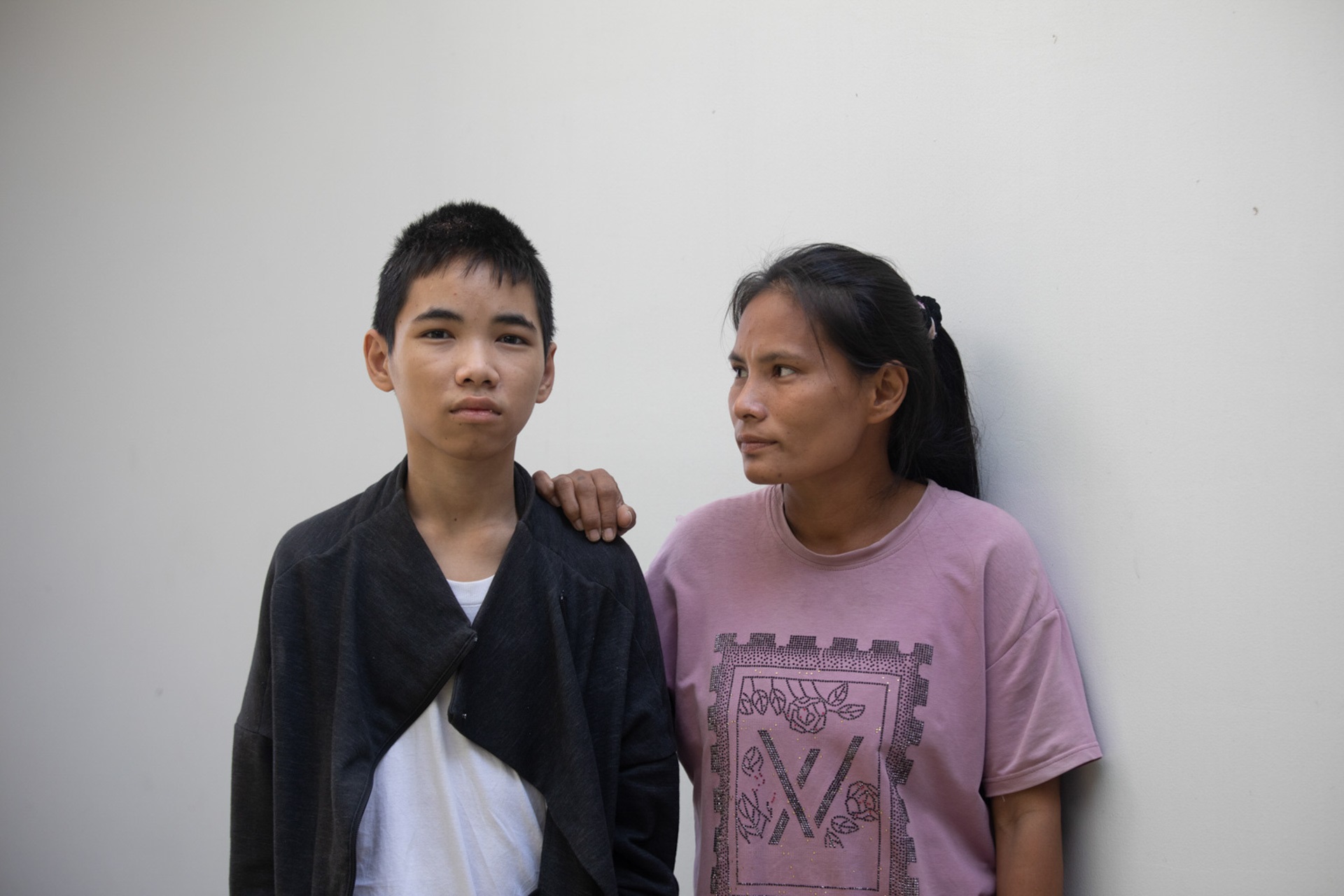
In 2019, as part of the regional assessment of adolescent health, Thailand undertook a rapid assessment of the adolescent health situation in the country and the national response. By applying the systematic approach recommended in AA-HA!, the country team systematically reviewed the health needs, strategy, policies and resources for adolescent health programme implementation and coordination mechanisms.
The assessment helped the country team to identify structural and programmatic gaps. These included access issues (for example, poor support for youth-friendly clinics), inadequate data infrastructure to support M&E of adolescent health programmes and not enough support and resources for adolescents’ groups. Also in need of improvement were programmatic interventions, such as HIV prevention among young populations most at risk and promotion of behaviours that prevent the onset of NCDs in adulthood. For example, the assessment highlighted the need for Thailand to continue strengthening implementation of the National Strategy to Prevent Teenage Pregnancy through a “genuine integration approach” with realistic budget integration. Also, the analysis revealed the need to strengthen data and research infrastructure by increasing the knowledge and research base about adolescents and linking databases of ministries and agencies. This assessment enables Thailand’s ministries and departments to identify clear strategies to implement school health programmes and initiatives, such as sex education, using appropriate channels, messages and target groups.
Source: Rapid assessment of the implementation of adolescent health programmes in countries of South-East Asia. Geneva: World Health Organization; 2021 (https://apps.who.int/iris/bitstream/handle/10665/342587/9789290228639-eng.pdf)
Sudan takes action to improve youth health and well-being
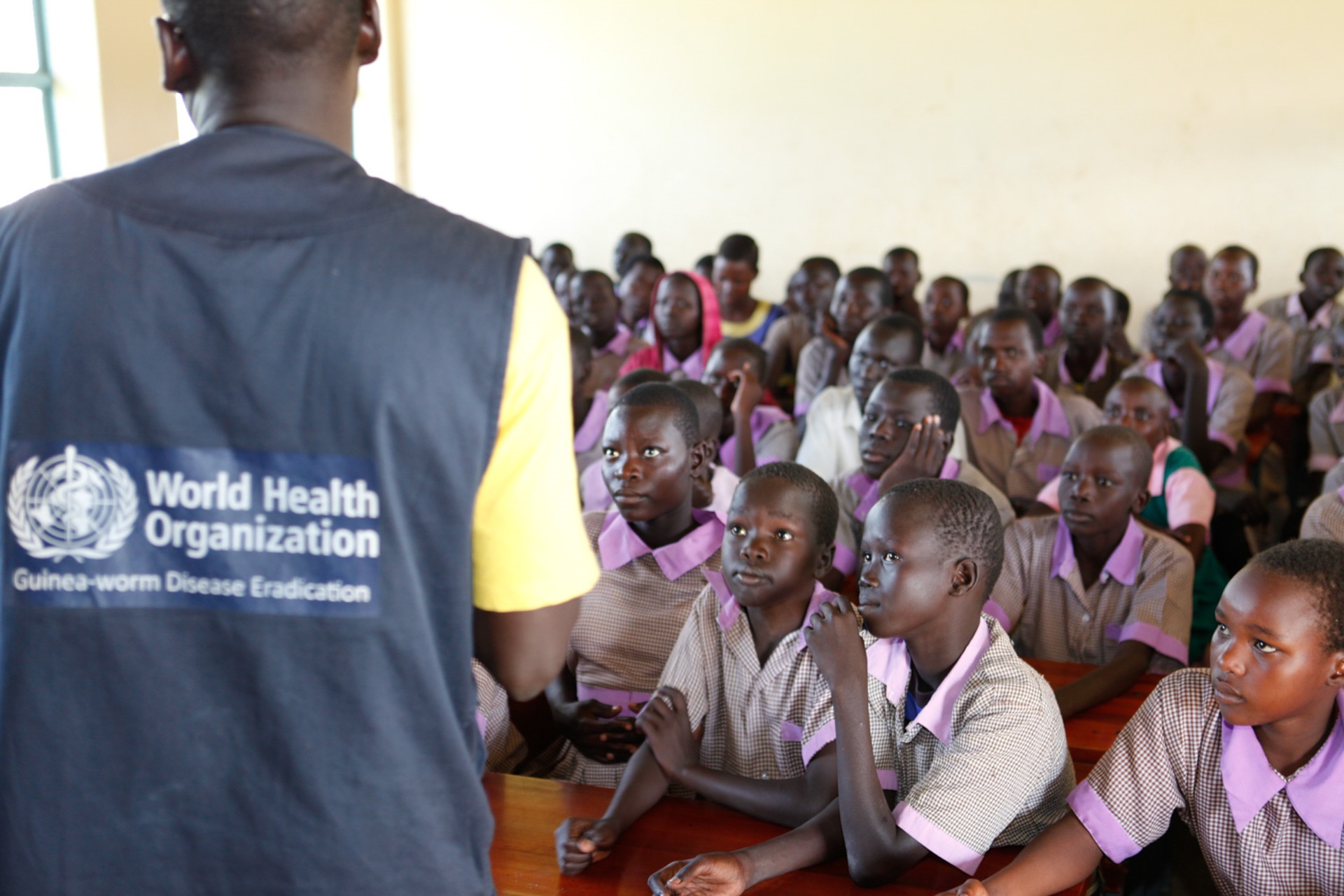
Sudan’s adolescents make up about one fourth of the total population, and yet not much is known about their diverse health needs. Although the country has a national health plan, it has so far not included adolescents, even though they are a significant portion of the population with poor health and well-being outcomes. Realizing the urgent need to address the problem, the Directorate of Maternal and Child Health of the Technical Ministry of Health (MOH) used the AA-HA! guidance to mobilize stakeholders to work together to improve and implement the National Strategy of Adolescent Health and Well-Being. Using the evidence-based process described in the AA-HA! document, Sudan was able to engage multiple government ministries, UN agencies and key civil society organizations to conduct a needs assessment that highlighted critical health needs of the country’s adolescents. Critical to the needs assessment process was the engagement of youth groups on a variety of key health and well-being topics. Engaging youth ensured that their needs are well understood and included in the national strategy.
In view of the gaps in data about specific national indicators and interventions, the list of evidence-based interventions in the AA-HA! guidance helped the MOH and stakeholders select national priority interventions relevant to Sudan. The first national strategy for adolescents, it sought to create a safe and supportive environment that offers protection and opportunities for healthy development and to provide much-needed health information and skills for adolescents. By employing the AA-HA! evidence-based approach, Sudan has positioned itself to better protect its youth and the health and well-being of future generations.
Source: Lessons learned from applying the accelerated action for the health of adolescents (AA-HA!) guidance for policy development in early adopter countries: Sudan. Geneva: World Health Organization; 2019 (https://www.who.int/publications/i/item/9789241516341).
Scale-up of SRH programming in Jamaica
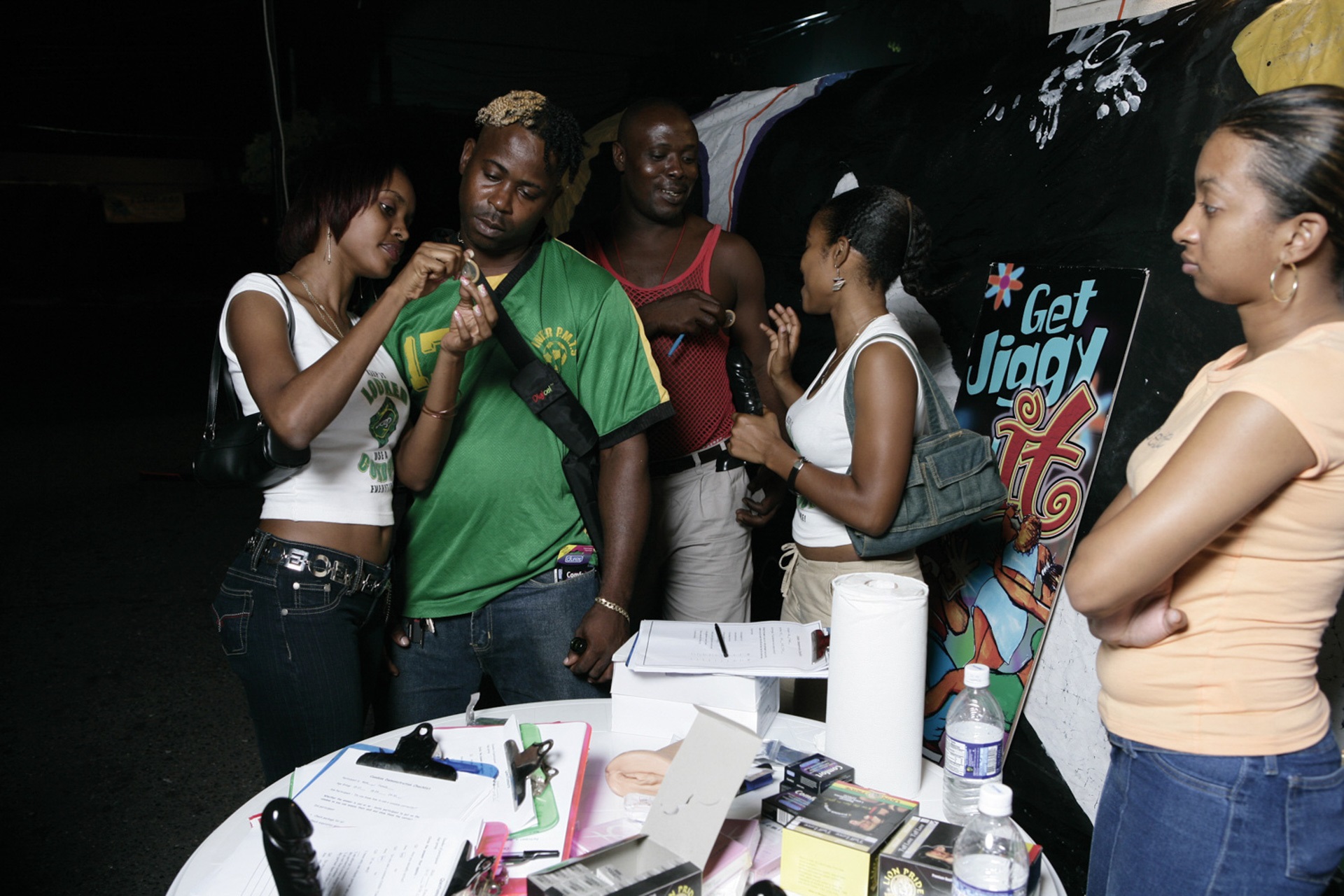
Jamaica has come a long way since the 1970s to attain and maintain low pregnancy rates among adolescents and provide better support for pregnant adolescents. The adolescent fertility rate in Jamaica fell from 157 births per 1000 girls ages 15–19 in 1970 to 33 births per 1000 in 2020. This decline has been underway for nearly four decades. Some of this success can be attributed to innovative solutions and interventions to delay pregnancy and support pregnant adolescent girls and mothers.
One of those initiatives was the Programme for Adolescent Mothers (PAM), launched by the Women’s Centre of Jamaica Foundation as a small-scale initiative. The programme provided multiple interventions, primarily encouraging pregnant adolescent girls to return to school after giving birth and building their knowledge, attitudes and skills (for example, self-confidence and assertiveness), as well as providing sexuality education meant to prevent repeat pregnancies. The programme was a first in Jamaica, and, with initial seed funding from international NGOs and in-kind support from the government, the pilot was successfully implemented in two centres in Kingston and Mandeville. The pilot project showed that 73% of girls registered in the programme were enrolled in a secondary school or vocational institution, and more than 90% had chosen some form of contraception.
These promising results led to the programme receiving funding from the government and other partners for an effective national scale-up. By 2018 PAM had been scaled up to 10 centres and eight outreach centres in 14 parishes across Jamaica. PAM was able to scale up both vertically and horizontally due to several factors, including a supportive policy environment, political commitment, clarity of the programme packages and relevance of the programme to its beneficiaries. Having a clear funding strategy and a funding stream that included both government and non-governmental sources contributed, as well, to successful scale-up.
Source: Amo-Adjei J, Caffe S, Simpson Z, Harris M, Chandra-Mouli V. “Second chances” for adolescent mothers: four decades of insights and lessons on effectiveness and scale-up of Jamaica’s PAM. Am J Sex Educ. 2023:1-34.
